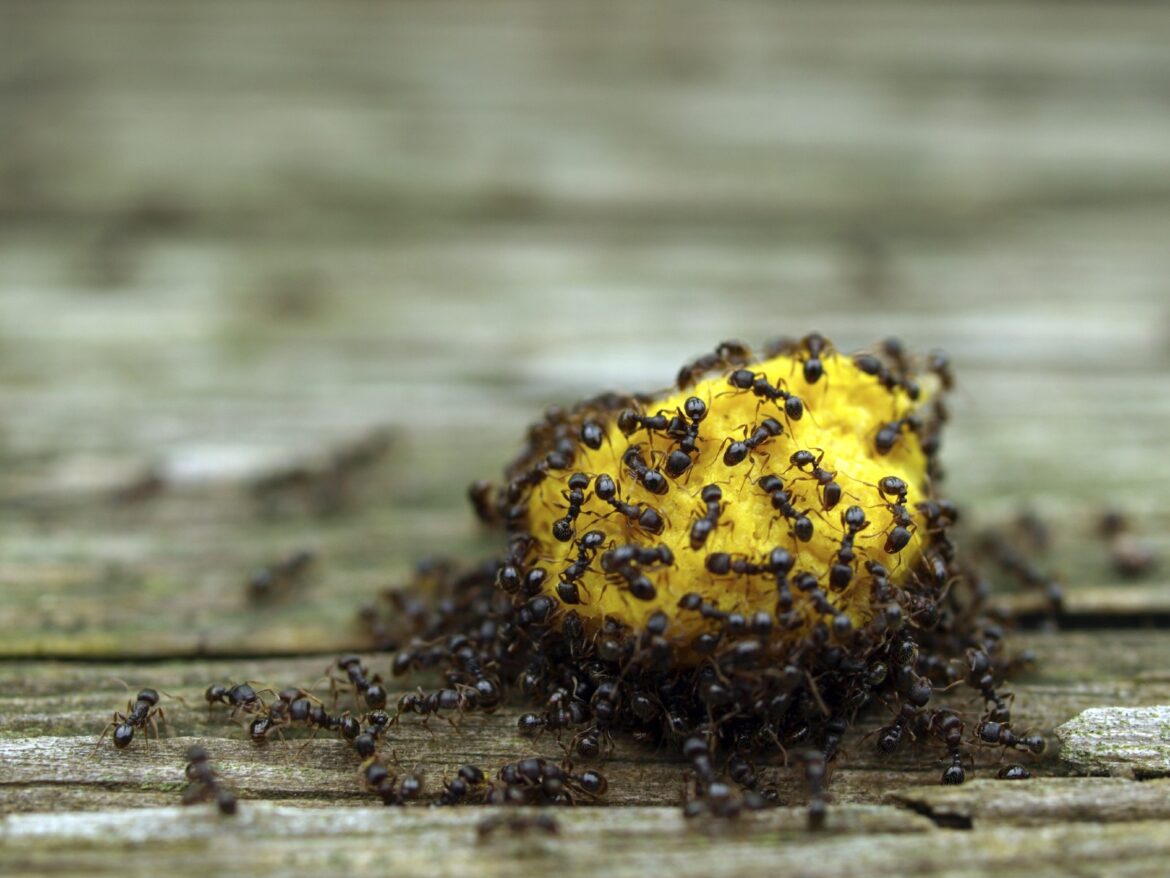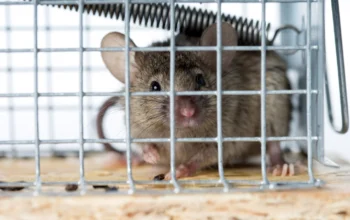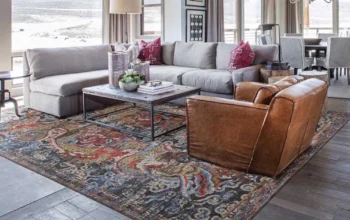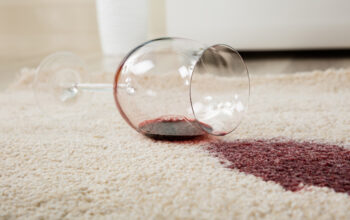7 Interior Décor Tips To Reduce Pest Infestation – 2021 Guide
Having the opportunity to redesign your home is a great way to place your own stamp on a property. However, it’s more than just putting paint on the walls or adding some colorful soft furnishings. Undertaking interior decoration gives you the opportunity to reduce the risk of pest infestation.
This doesn’t mean you’ll never have an issue with pests but it can help! You should also note that it is important to speak to your local pest control experts. You can click here to find out more about them and how they can help you to identify the most common pests in your area.
Knowing what you’re dealing with will make it easier to prepare for them.
1. Screening
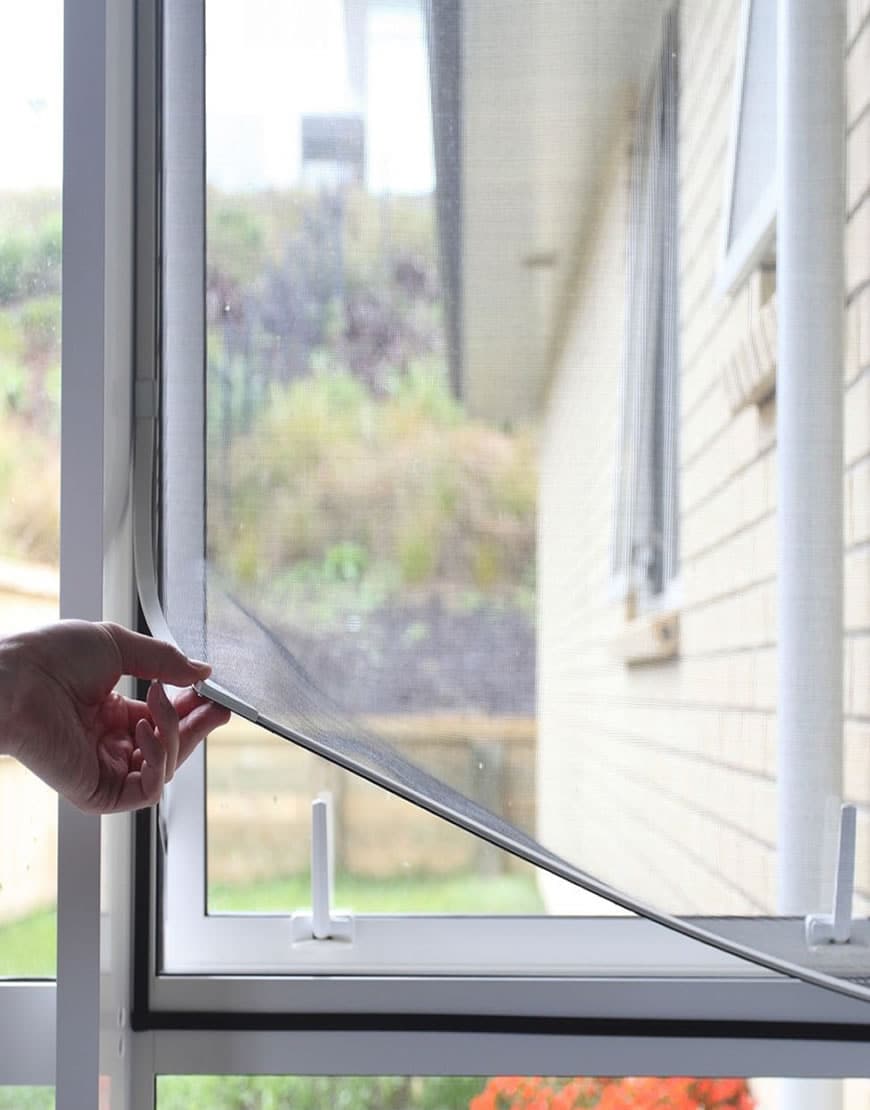
Interior decoration should actually start with your windows! The first step is to choose a color scheme for the room and then add window screens that will complement the look of the room. The screens are extremely effective at keeping pests out of your home while allowing fresh air in. They won’t even affect the view from inside your home!
A black screen is probably the most effective at not being seen but you can get a screening in a wide variety of colors. If you’re decorating an interior space you can color coordinate the screens to each room. You may be surprised by how much difference it makes to the look and feel of each room in your home.
Choose wisely!
2. Color Choices
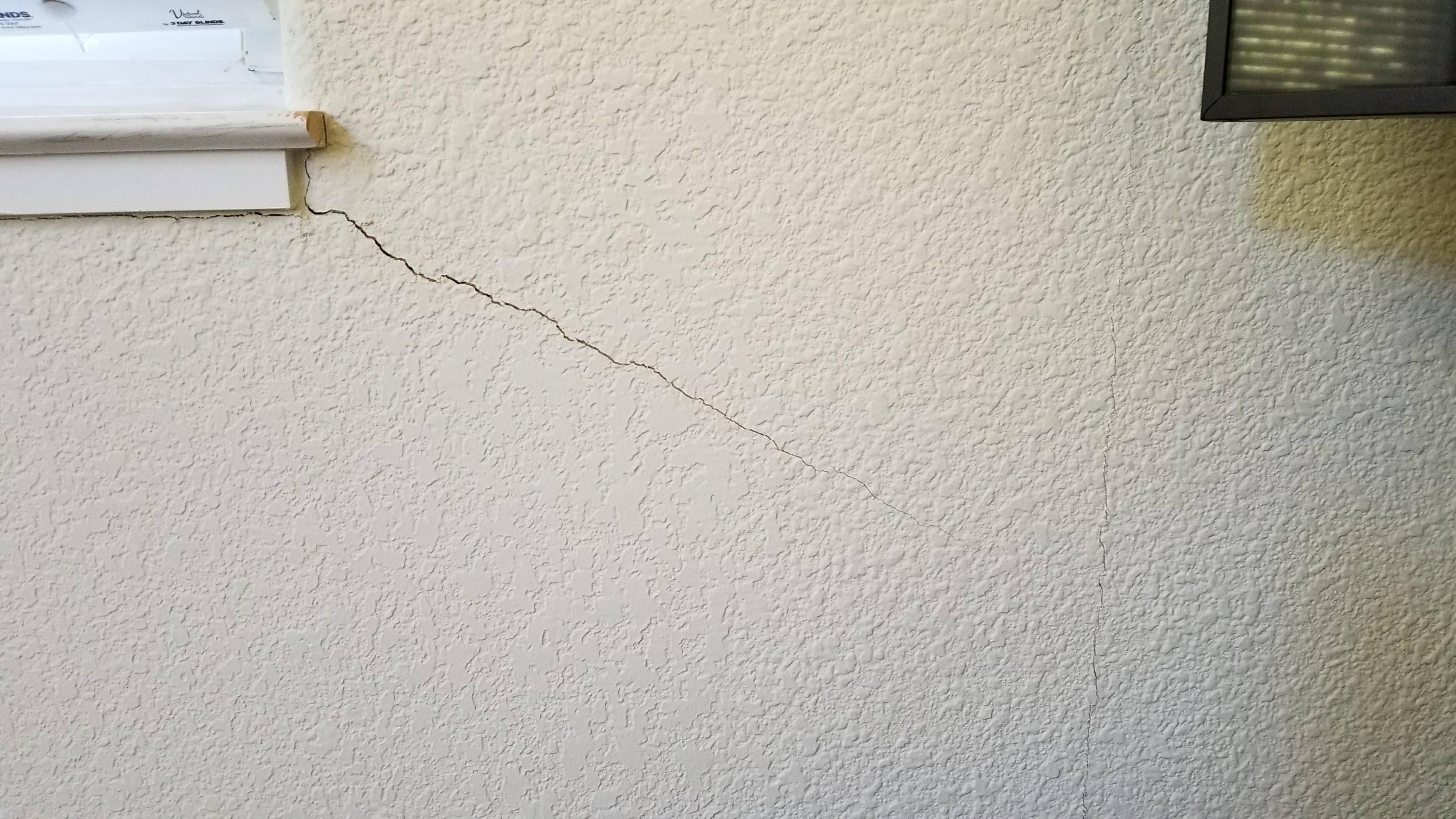
The next step in planning your new décor is to consider your preferred colors. Lighter colors make space feel larger and brighter. But they are also better at keeping pests away!
For example, mosquitoes love dark colors, it gives them a place to hide before they choose their moment to suck your blood!
However, be aware that light colors are more enticing to other insects such as cockroaches, ants, and even furniture carpet beetles.
Again, this is why you should find out more info about the pests local to your area.
Getting a balance of colors is best but, you should also consider the entry and exit points for these pests. As you’re redecorating it is a good opportunity to check the entire house for damage and places where these pests can get in and out of your home.
Cracks around windows and doors and near ground level are the most common entry points. You will need to remember that these pests can be tiny and eliminating their entry points means sealing up all the cracks you find.
It’s time-consuming but worth it!
3. Plants
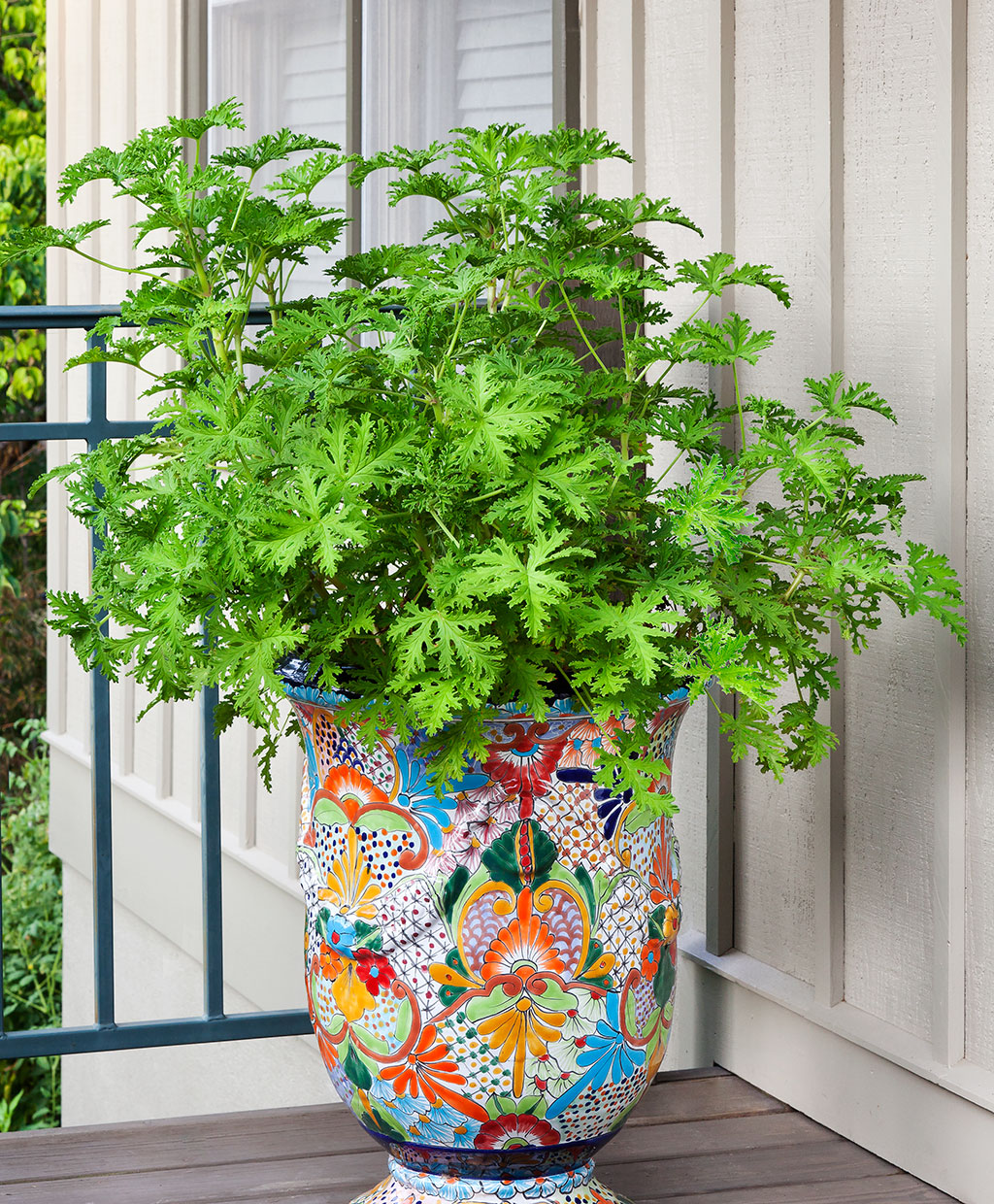
Plants can be both beneficial and detrimental to your home and your efforts to keep pests away. Plants outside your home are more likely to attract pests. It gives them a hiding spot, possible food and water, and easy access to your home. The less well-maintained the plants are the better it is for the pests.
Moving inside, your décor can include plants. But you should consider which plants you really want. In general indoor plants will attract spider mites, aphids, mealybugs, gnats, whitefly, thrips, and even gnats. But, they can also offer an attractive home for flies and mosquitoes. It’s best to choose your indoor plants wisely to reduce the attraction to pests. They can still complement your décor.
They can also provide a pleasant aroma. Plants such as peppermint or citronella generally don’t appeal to pests. But they do smell and look nice in your home.
4. Carpet
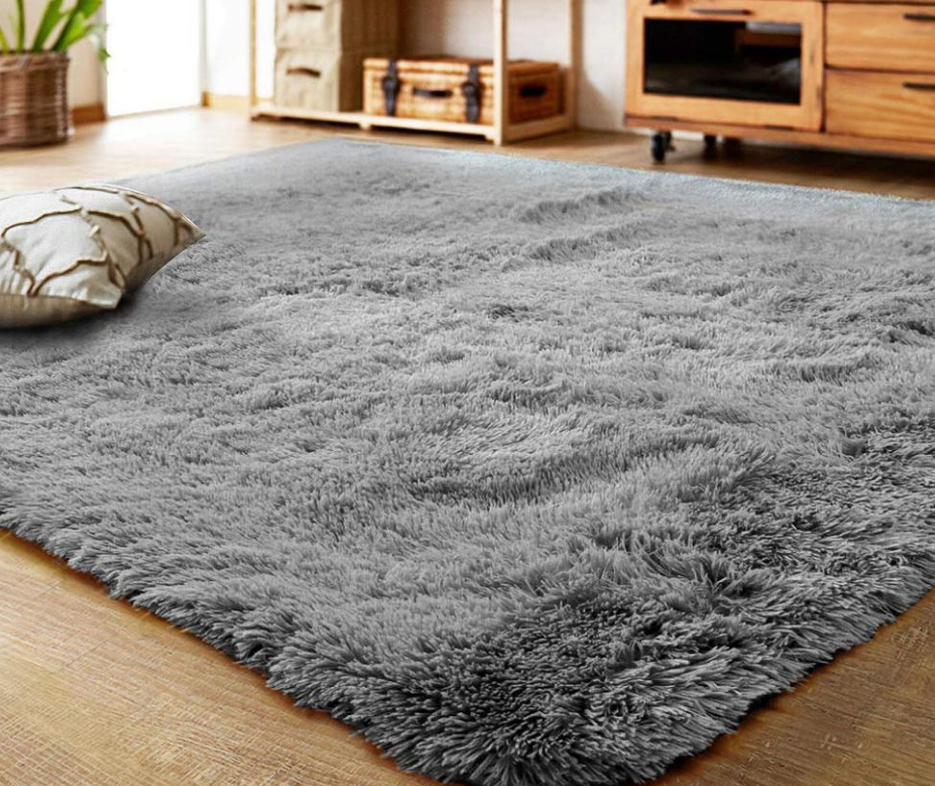
It’s tempting to add carpet to some of the rooms in your home, specifically the living area and bedrooms. It’s simply nicer on your feet. However, you should consider the risk of pest infestations as the pile of the carpet will give the pests somewhere to live.
Fleas are particularly fond of carpets. A carpet offers them the opportunity to leave their eggs safely. As the weather warms the fleas hatch and you’ll know because you and your pets start to scratch.
There are ways to eliminate the fleas through vacuuming and using flea powder. But, it’s much easier not to be dealing with the problem in the first place. Consider hardwood floors as these don’t attract many pests.
5. Hardwood Floors
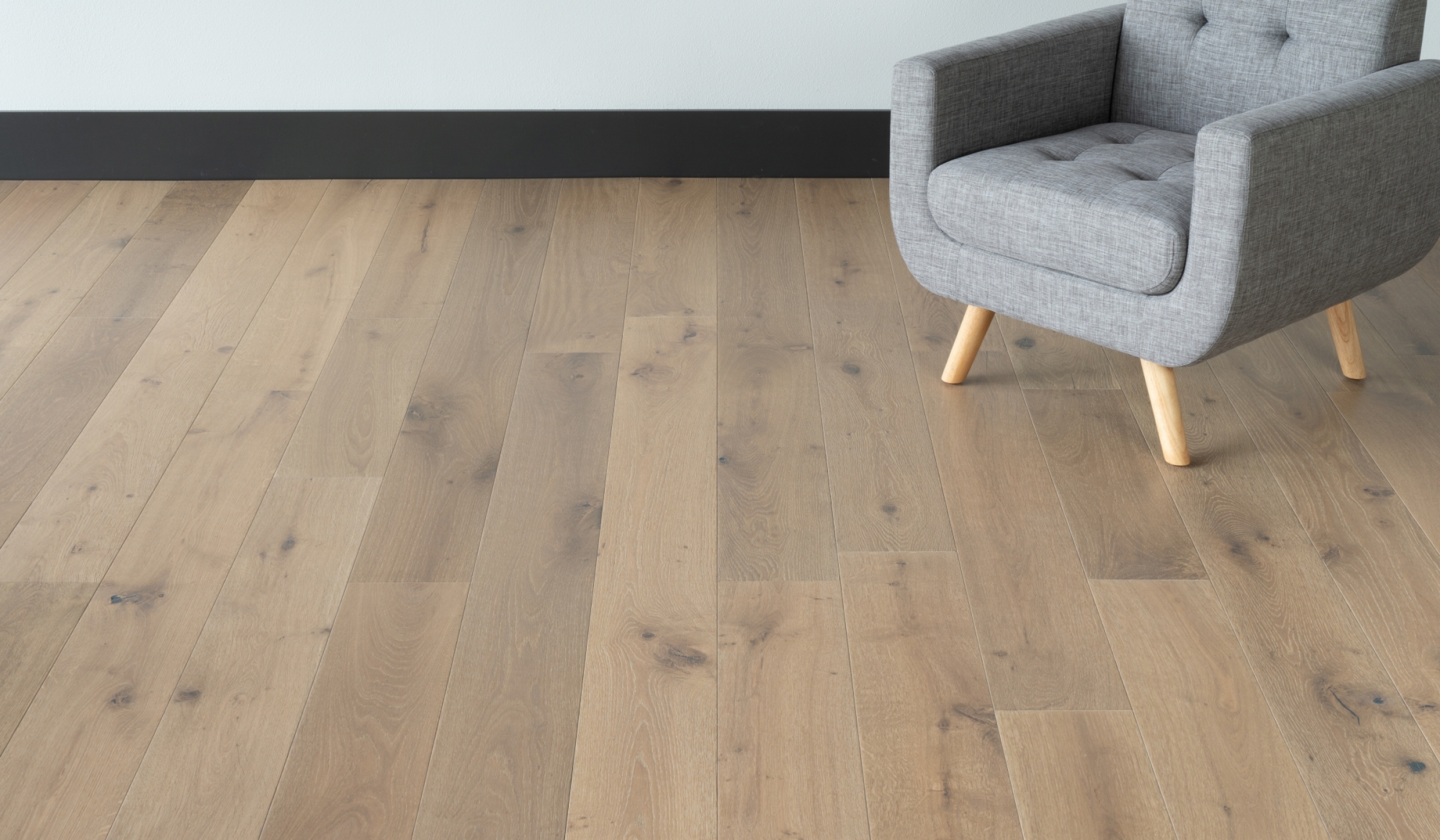
It should be noted that hardwood floors are typically more expensive than other types of floors and you will need to pay attention to any wood-boring pests. A colony of termites can eat 6 inches of 2×4 wood in 6 months. That may not sound a lot but it’s going to affect the structural stability of your home in a surprisingly short space of time.
6. Easy Clean

Opting to go minimalistic is a personal choice but, even if you want an abundance of furniture, you should consider the ease of cleaning. The best furniture is anything that has a decent-sized gap under it. This will allow you to keep it clean effortlessly and prevent any pests from hiding there. The fewer hiding places for pests the better as they won’t be able to make themselves comfortable in your home.
You can help to reduce pest infestations simply by aiming for minimal clutter and easy clean spaces.
7. Air Conditioning

It’s a good idea to add air conditioning and heating ducts to your home. These can be completed as part of redecorating and offer great savings on energy bills. But the issue with these ducts is that they provide a direct link to the outside world, allowing a collection of pests in.
If you choose to add this make sure you have it serviced regularly and that it has a good filtration system. This will prevent bacteria build-up and ensure that pests are getting into your home through the ducts.
At the same time, it’s worth checking electrical ducting and any other direct connections with the outside world.
Final Thoughts
Redecorating a home should be fun. But, with a little extra thought before you start you’ll find it can also be an effective way of keeping pests out of your home. After all, you’re the one paying the mortgage, not the pests!

